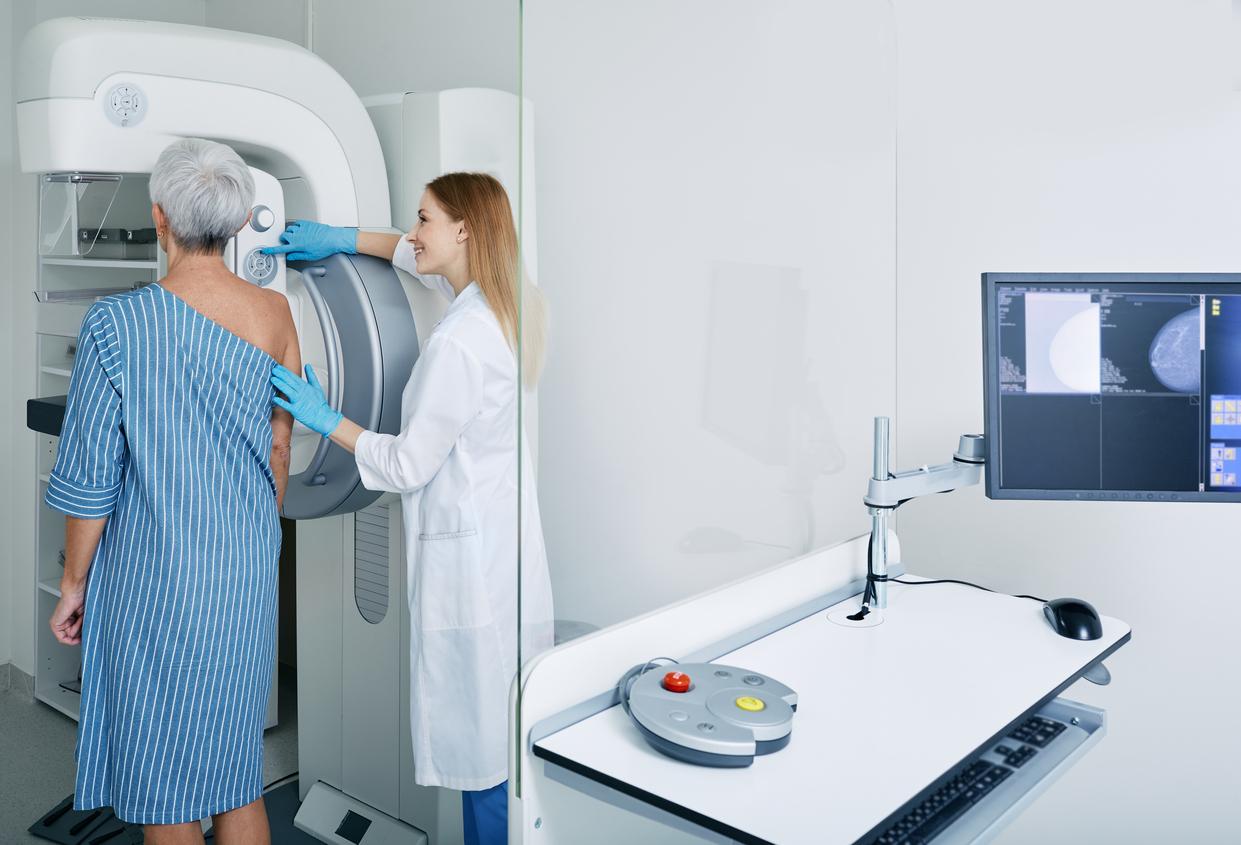A new artificial intelligence system, based on phrases and key words related to burnout, could make it possible to automatically diagnose this burnout syndrome. Explanations.

- 62% of emergency physicians present at least one symptom of burnout syndrome.
- Work overload, lack of support from the work group and job insecurity are among the risk factors for burnout.
Internet searches for work burnout have increased by around 40%, according to Google Trends. A growing social phenomenon, especially since the start of the pandemic. According to High Authority of Health (HAS), this can be defined as a “physical, emotional and mental exhaustion that results from prolonged investment in emotionally demanding work situations”.
Burnout can manifest itself in different ways: anxiety, diffuse muscle tension, irritability, withdrawal, social isolation, aggressive behavior, lower motivation and morale, or even doubts about one’s skills. . Physically, a person in burnout can experience intense fatigue, sleep and musculoskeletal disorders, cramps, headaches, dizziness, or even suffer from anorexia or gastrointestinal disorders.
Automatic language processing so that artificial intelligence can detect burnout on its own
To diagnose this burnout, researchers have developed a new method, based on artificial intelligence. Their work has been published in the journal Frontiers in Big Data. This tool is based on automatic language processing, “Natural Language Processing (NLP)”, a technology which automatically analyzes the sentences spoken by a human being in order to detect what the creators have decided, here the burn-out.
To develop this method, the scientists therefore “taught” artificial intelligence to recognize phrases and key words related to burnout. For this, they made him “read” more than 13,000 testimonials from people suffering from this burnout syndrome. Specifically, 352 stories were related to burnout and 979 to depression.
A success rate of approximately 93%
Once the artificial intelligence was “trained” to diagnose burnout, the scientists tested it with anonymous testimonies. Result: a success rate of approximately 93% in detecting this burnout. “Automatic language processing is effective in detecting burnout while being less time-consuming, which is very promising”, explains Mascha Kurpicz-Briki, one of the authors of this study. The authors’ next step is to test this new artificial intelligence method on real suffering human beings.
















